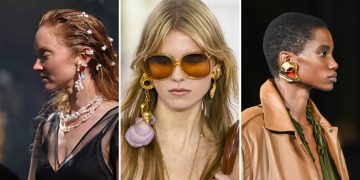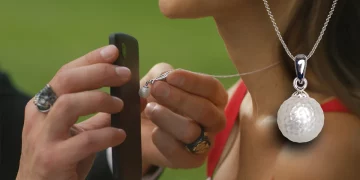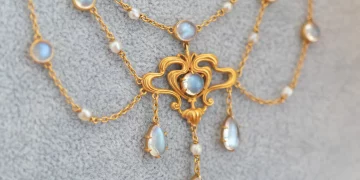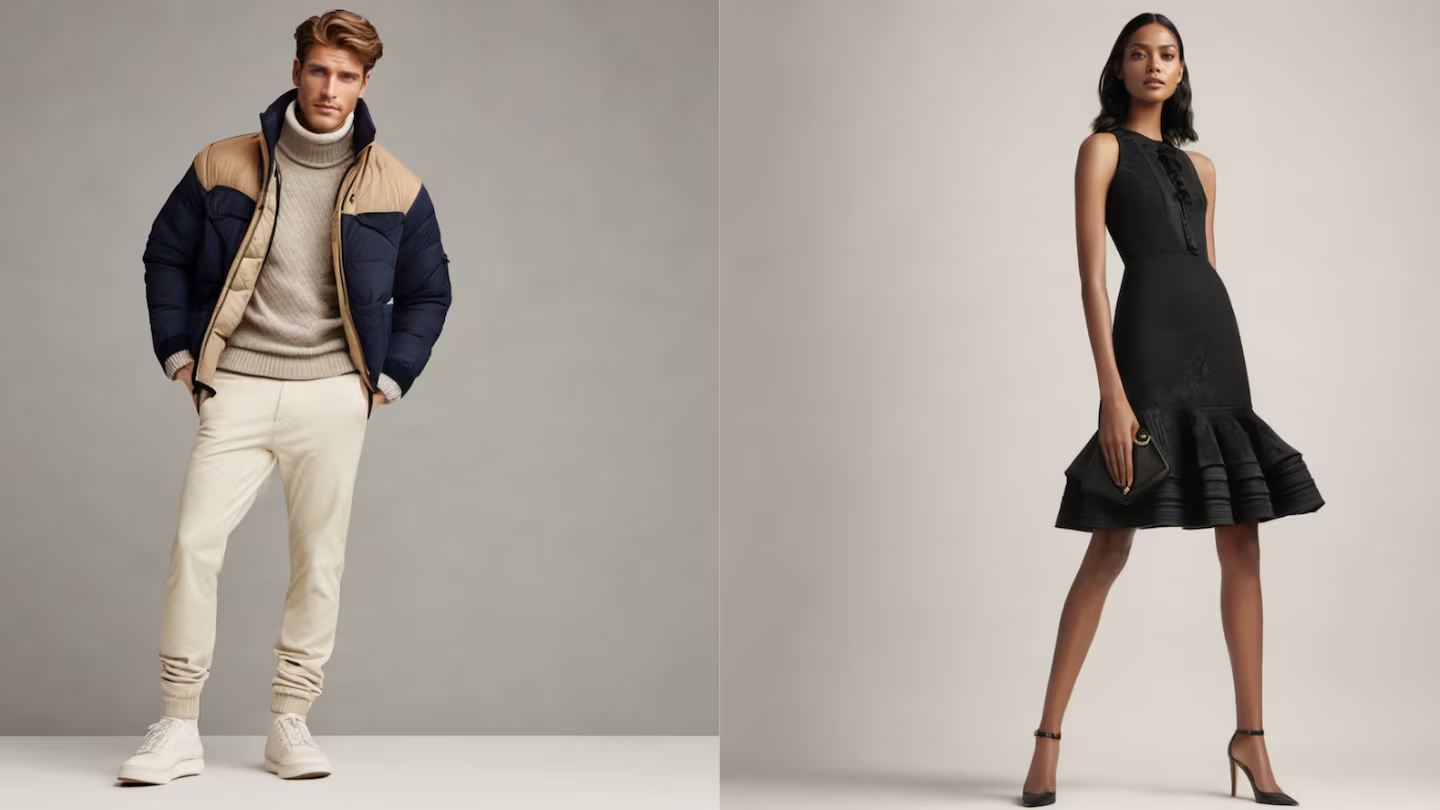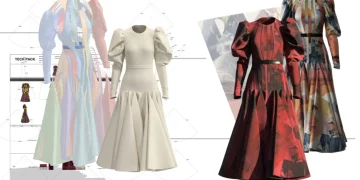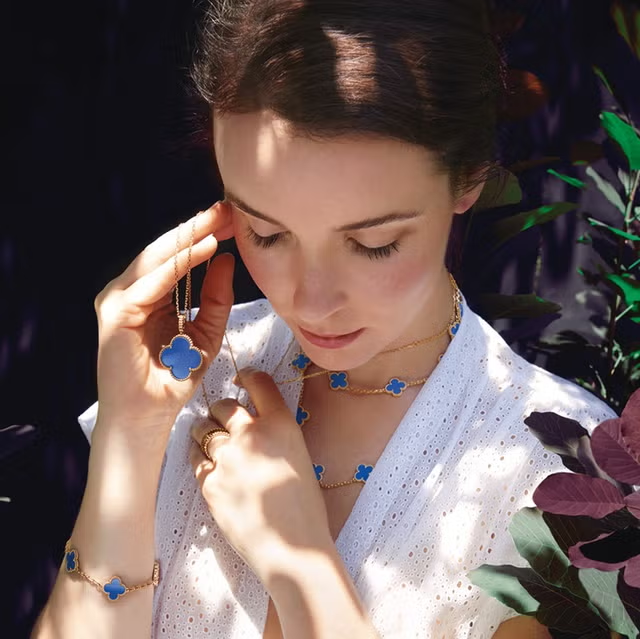The luxury jewelry market has traditionally catered to a select, elite group of consumers, often characterized by their high purchasing power, established tastes, and a focus on timelessness and exclusivity. However, over the past decade, several factors have contributed to a shift in the profile of the typical luxury jewelry consumer. The emergence of new demographics, evolving social values, and changing purchasing behaviors have significantly impacted how luxury jewelry brands approach their markets. As we look toward 2025, it’s clear that the profile of luxury jewelry consumers is undergoing profound transformations.
This article explores the significant changes in the consumer profile of luxury jewelry and the implications these shifts have for the market. From younger, more diverse buyers to an increased focus on sustainability and social responsibility, these evolving trends highlight how luxury brands are adapting to meet the demands of a new generation of consumers.
1. The Younger Consumer: Millennials and Gen Z
A. Younger Generations as Key Drivers of Growth
Historically, the luxury jewelry market has been driven by older generations who accumulated wealth over time, including Baby Boomers and Generation X. However, in recent years, Millennials and Gen Z have emerged as powerful consumer groups in the luxury sector, significantly reshaping the profile of the luxury jewelry consumer.
In 2025, it’s expected that Millennials (born between 1981 and 1996) and Gen Z (born between 1997 and 2012) will account for a substantial portion of the luxury jewelry market. These younger consumers are more likely to view luxury jewelry as an expression of personal style and identity rather than as a mere status symbol. They are also more inclined to seek out brands that align with their values, making authenticity, transparency, and social responsibility critical factors when making purchasing decisions.
B. The Rise of “Investment” and “Value” Consciousness
While younger consumers have a keen appreciation for luxury, their relationship with it is different from that of older generations. Millennials and Gen Z consumers are more value-conscious, looking for pieces that offer a balance between quality, style, and sustainability. They also tend to favor investment pieces—jewelry that holds value over time, such as high-quality diamonds, precious metals, and timeless designs.
Unlike previous generations, who may have purchased luxury jewelry purely for social status or exclusivity, younger consumers often view jewelry as a financial asset or an investment in addition to a fashion statement. As such, these consumers may be more likely to seek out classic, enduring designs that can be passed down as heirlooms or maintained as assets.
2. The Emphasis on Sustainability and Ethical Consumerism
A. Growing Demand for Ethical and Sustainable Jewelry
One of the most notable changes in the luxury jewelry consumer profile is the growing emphasis on sustainability and ethical practices. Younger consumers, in particular, are increasingly concerned with the environmental and social impact of their purchases, pushing luxury jewelry brands to adopt sustainable practices in sourcing materials, manufacturing, and packaging.
The demand for ethically sourced gemstones and recycled metals has skyrocketed. Consumers are more likely to gravitate toward jewelry that is conflict-free, lab-grown, or ethically mined. For example, lab-grown diamonds are becoming increasingly popular, as they offer the same aesthetic and physical properties as mined diamonds but without the ethical concerns associated with traditional diamond mining.
B. Transparency and Traceability
In 2025, luxury jewelry buyers are expected to demand more transparency and traceability from brands regarding the sourcing of materials and labor conditions. Jewelry brands that can provide verifiable information about the origin of their gemstones, fair trade practices, and carbon-neutral production processes are likely to attract a more conscientious consumer base.
Brands like Tiffany & Co., Chopard, and Bvlgari are already leading the way in this space, offering transparency in their sourcing practices and committing to sustainable practices. As more consumers prioritize ethical purchasing decisions, these brands are setting a new standard for the industry, showing that luxury can coexist with environmental and social responsibility.
3. The Influence of Social Media and Digital Engagement
A. Social Media as a Key Driver of Consumer Behavior
Another shift in the luxury jewelry consumer profile is the role that social media plays in shaping purchasing decisions. Instagram, TikTok, and other social platforms have given rise to a new breed of luxury consumer who is not only influenced by celebrity endorsements and high-profile advertising campaigns but also by user-generated content and digital influencers.
Gen Z and Millennials are highly active on social media and frequently look to these platforms for inspiration. Jewelry brands are increasingly using Instagram influencers, YouTube personalities, and TikTok creators to promote their pieces to a broader, more engaged audience. Social media platforms have become an essential tool for engaging with consumers and creating brand awareness, especially among younger generations.
Luxury jewelry brands are using social media marketing to target a younger, more tech-savvy consumer base, often leveraging interactive content, virtual try-ons, and collaborations with influencers. In 2025, the ability to engage and connect with consumers online will be crucial for luxury jewelry brands aiming to remain relevant and competitive in an increasingly digital landscape.
B. Virtual Jewelry and the Metaverse
The rise of the metaverse and virtual environments is another key factor shaping the modern luxury jewelry consumer. Consumers, particularly younger ones, are becoming interested in virtual jewelry for their avatars and digital personas. This trend is an extension of the growing interest in virtual fashion, where people are purchasing digital clothing, accessories, and jewelry for their online identities.
Brands like Balenciaga, Gucci, and Dolce & Gabbana have already ventured into the world of virtual fashion, and the luxury jewelry industry is following suit. The introduction of NFT jewelry (non-fungible token jewelry) and virtual jewelry collections is expected to grow in popularity by 2025, opening new avenues for consumer engagement and sales.

4. Diversity and Globalization of the Luxury Jewelry Market
A. A More Diverse and Inclusive Consumer Base
Luxury jewelry brands are increasingly recognizing the importance of appealing to a more diverse consumer base. As global populations become more multicultural and social diversity becomes a priority, luxury brands are incorporating diverse designs, models, and cultural references into their jewelry collections.
There is a growing interest in ethnic diversity, with jewelry pieces that incorporate different cultural symbols, design motifs, and artisan craftsmanship from around the world. The influence of Asian and Middle Eastern consumers, who are expected to be significant drivers of growth in the luxury jewelry market in 2025, is also leading to more inclusive and culturally nuanced collections.
Moreover, gender inclusivity is becoming increasingly important, with many luxury brands embracing gender-neutral designs that appeal to a broader spectrum of consumers. The lines between traditional men’s and women’s jewelry are blurring, and jewelry pieces that are considered unisex or gender-fluid are becoming more common.
5. The Luxury Jewelry Consumer’s Shift Towards Experience and Personalization
A. Jewelry as an Experience, Not Just a Product
In addition to the demand for ethical products, luxury jewelry consumers are increasingly seeking experiences rather than just products. Consumers, especially younger ones, view luxury as more than just an item they own—they see it as part of a larger experience, one that reflects their personal values and lifestyle.
Brands that can create experiential shopping opportunities, such as bespoke design services, private viewings, or interactive virtual experiences, will be well-positioned to appeal to this new consumer mindset. This trend is expected to gain further traction by 2025, as consumers increasingly seek personalization and engagement in their luxury purchases.
B. Customization and Personal Expression
Consumers are also seeking ways to express their individuality through personalized jewelry. Whether it’s a customized design, engraved initials, or a piece that reflects a personal milestone, the demand for bespoke jewelry is growing. Luxury jewelry brands are responding to this trend by offering tailored collections, custom design consultations, and made-to-order services.
Brands like Tiffany & Co. and Harry Winston are already capitalizing on this demand for personal expression by offering bespoke design services and exclusive collections tailored to individual tastes. In 2025, customization will be one of the most sought-after aspects of luxury jewelry.
Conclusion: The Evolving Luxury Jewelry Consumer in 2025
The consumer profile for luxury jewelry has evolved dramatically in recent years, and by 2025, these changes will be even more pronounced. Younger generations, led by Millennials and Gen Z, will become the dominant buyers in the luxury jewelry market. Their values are shaped by sustainability, social responsibility, and digital engagement, driving demand for ethical jewelry, personalized designs, and technology-driven experiences.
As luxury jewelry brands navigate these shifts, they will need to stay attuned to these evolving consumer preferences, embracing diversity, transparency, and experiential marketing to maintain relevance in a competitive and fast-changing market. The future of luxury jewelry is about connecting with consumers on a deeper level, offering products that reflect their values, lifestyle, and individuality.

